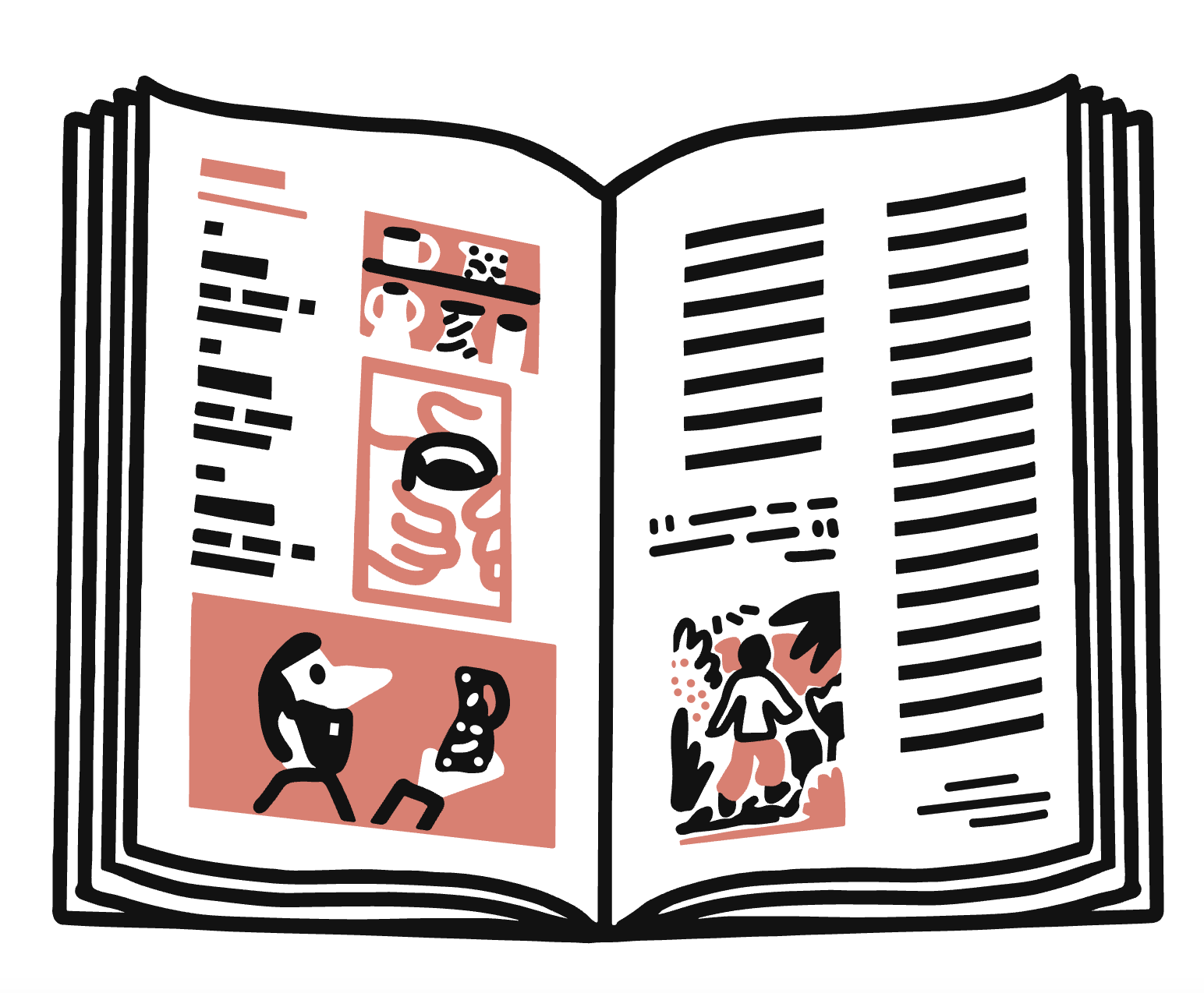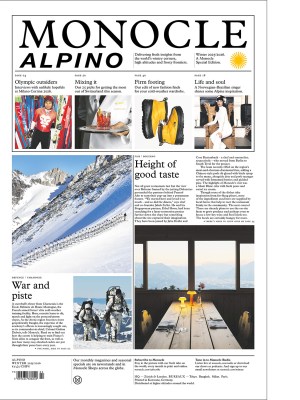Why Tokyo’s designers still work by hand and how it keeps Japanese design exciting
The Japanese capital is a city rich with reasons to celebrate design, rooted in a sense of community and respect for every step of the process.
When Tokyo’s architects and designers have a problem to solve or a drawing that they want to bring to life, they might well call on the skills of construction company Tank. Its founder, Naritake Fukumoto, and his team relish such challenges and are worthy partners in creative endeavours. “I have no academic training,” says Fukumoto, a carpenter by trade, as he concentrates on a table that he has been asked to create. “But I have always wanted to know how architects think.” Tokyo architect Keiji Ashizawa, who is in high demand for residences and hotels, has worked on a number of projects with Fukumoto and admires what he brings to a project. “In Japan, a craftsman can be a hero,” he says. “That’s something unique.”
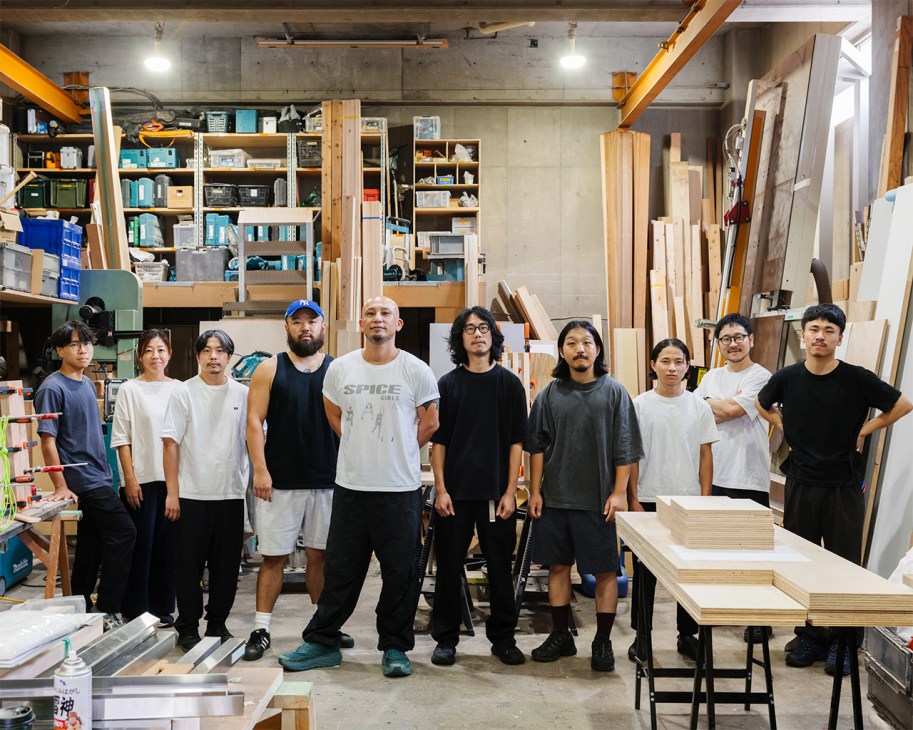
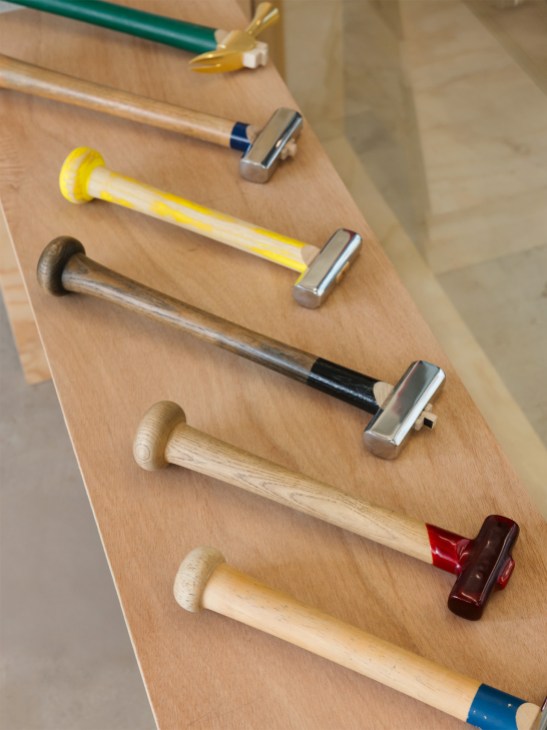
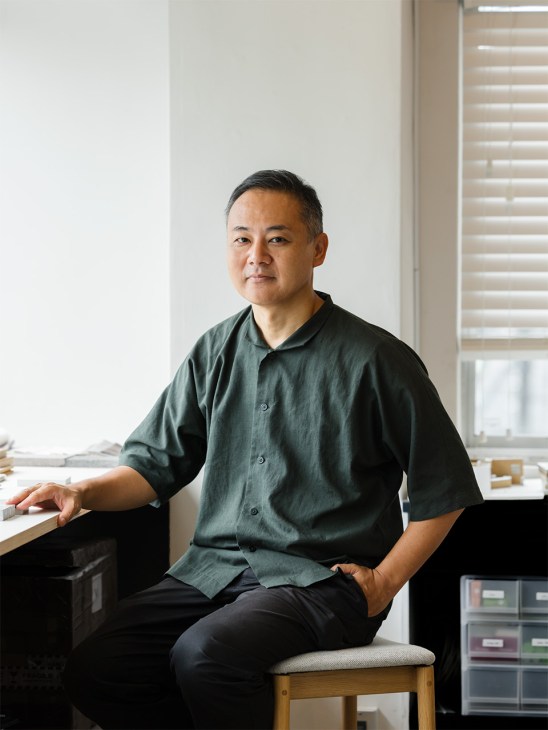
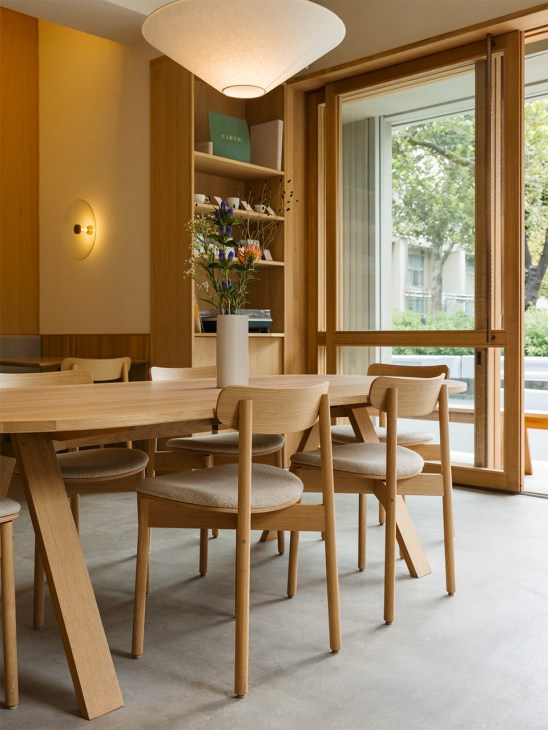
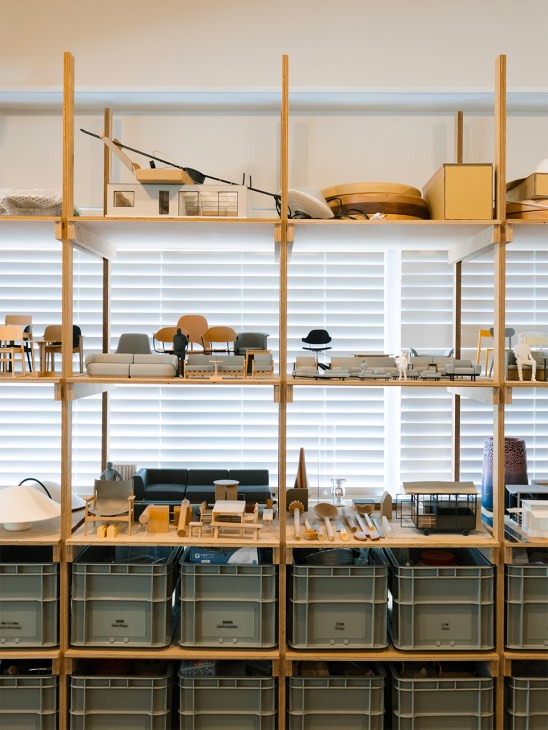
Democracy lies at the heart of Tokyo’s creative community – a respect for every aspect of the process, from planners to plasterers. “Designers aren’t up here and construction workers down there,” says architect Momoko Kudo. “We are all in it together.” Kudo, who launched her studio, MMA, 10 years ago, is surrounded by samples of soil, ceramic tiles and glass that she used in a recent restaurant project. She loves materials and craftsmanship so much that she produces an annual magazine on the subject. Japan is an outlier as a developed, urbanised country where people still make things by hand. Perhaps as a result, thoughts of nature are never far away, even amid the city’s dense concrete.
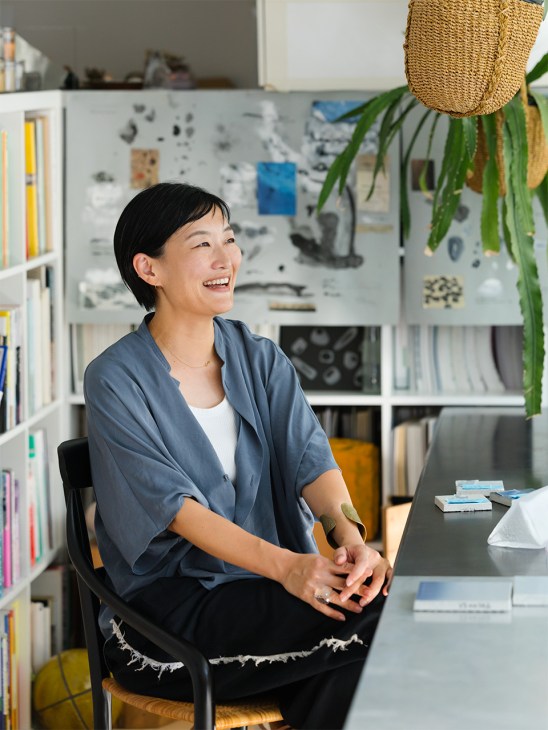
Move through Tokyo and good design is everywhere: in convenience stores, in an ikebana display in a hotel lobby, in the clean lines of a new metro train. The city is bursting with impressive museums (and the Japanese public flocks to them in droves) but design in Tokyo is rooted in everyday life. Functionality has been the driving force of some of the country’s best design. In Junichiro Tanizaki’s celebrated 1933 essay on the elusive elements that make up the Japanese aesthetic, “In Praise of Shadows”, the author wrote, “The quality that we call beauty must always grow from the realities of life.” In short, nothing is too lowly to deserve a designer’s eye in Tokyo. Indeed, Japan’s annual Good Design Awards are as likely to celebrate a great tractor as an elegant building. The late Sori Yanagi, one of Japan’s greatest designers, was commissioned in 1980 to apply his prodigious talents to the Tomei Expressway. Has a motorway wall ever looked more poetic?
Most creatives in Tokyo enjoy dialogue with people from other disciplines – architects, artists, craftsmen and contractors – working together to create exceptionally atmospheric restaurants, shops and bars. At Matsubaya Saryo teahouse in Aoyama, the simple conjunction of century-old bonsai trees, antique tables and dark walls makes for a magnetic space, packed with meaning, history and culture. Distillation is key in a city where space is in short supply. Those few pot plants sitting outside a city house in Tokyo convey centuries of garden artistry.
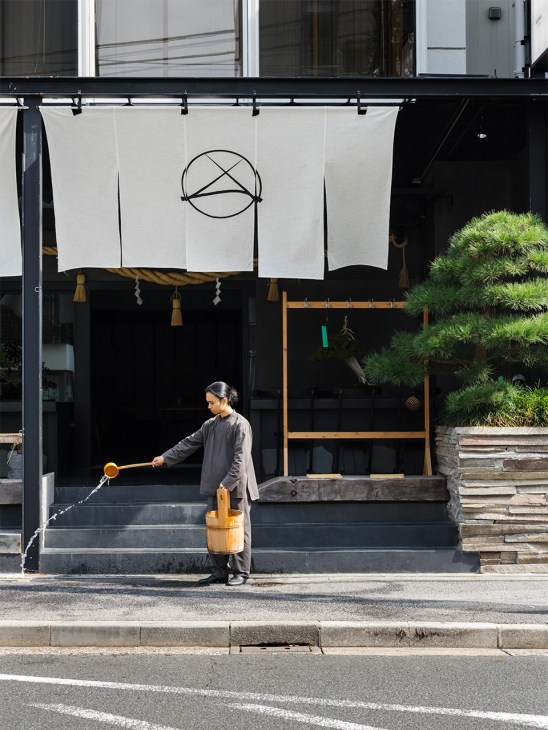
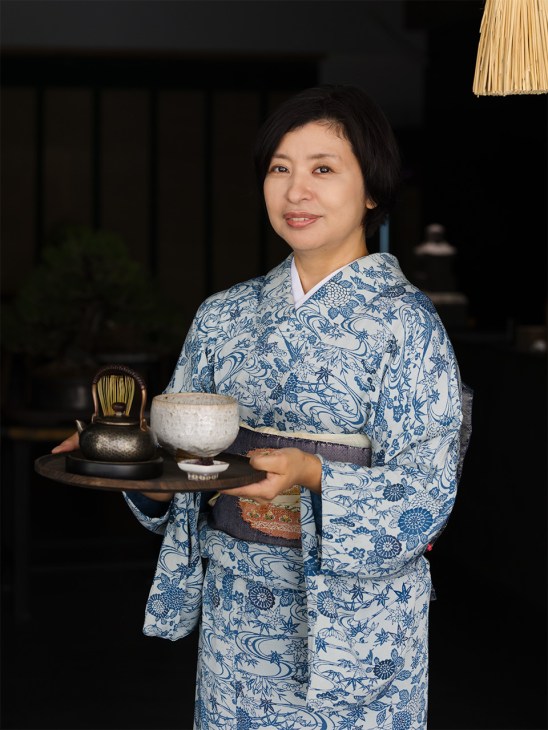

For sheer inspiration, few architectural projects can compare with Kioi Seido, an enigmatic building in the centre of the city with no purpose at all. Designed by architect Hiroshi Naito for the Rinri Institute of Ethics, it was a dream commission. “They asked me to design the building at my discretion and said that they would figure out the functionality later,” says Naito. The result is a mysterious, soaring pantheon for the 21st century, lined with wood and wrapped in concrete and glass. It isn’t generally open to the public but when it has been, crowds have lined up to glimpse what’s inside. Completed in 2021, the building’s use has yet to be decided. Perhaps it never will. Here, utilitarianism has been thrown out the window. “As an architect,” says Naito, “I have never been more proud.”
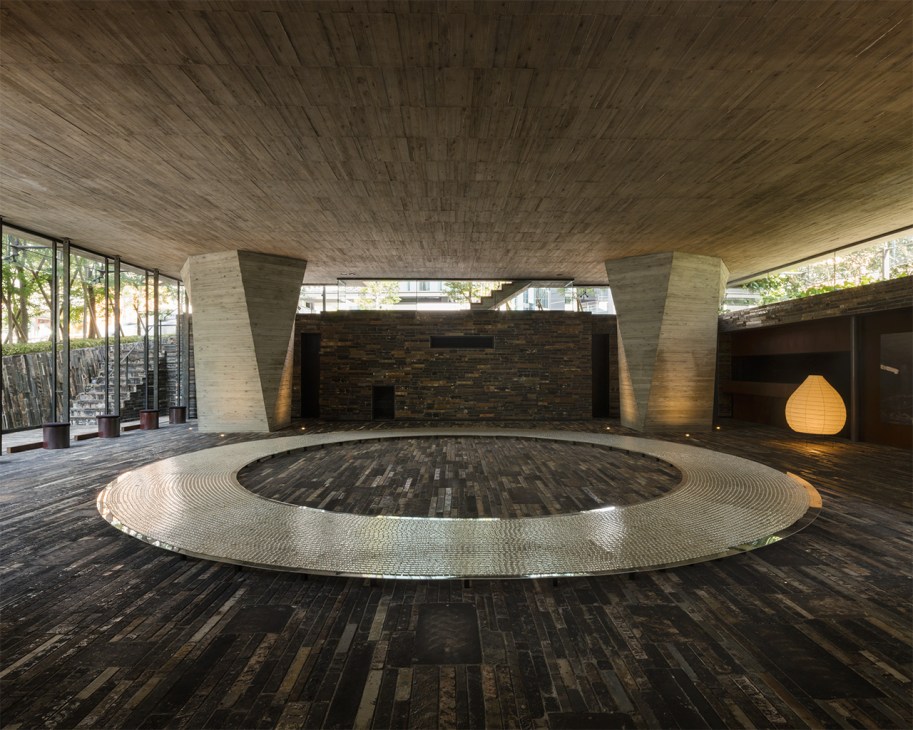
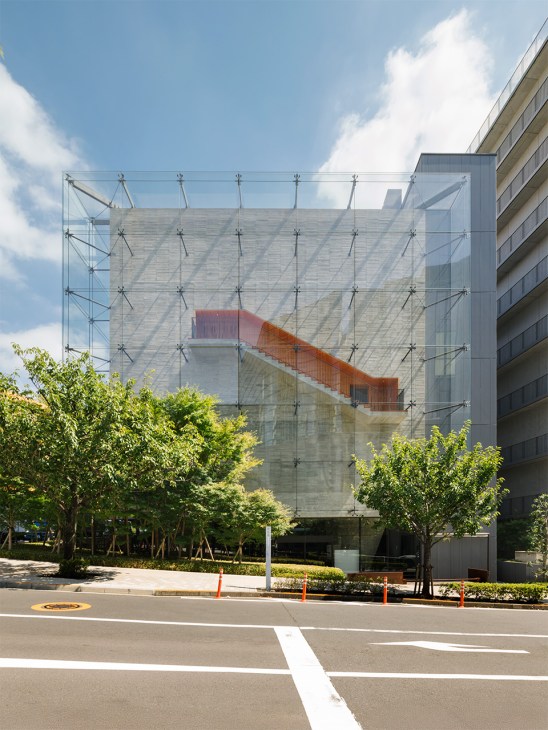
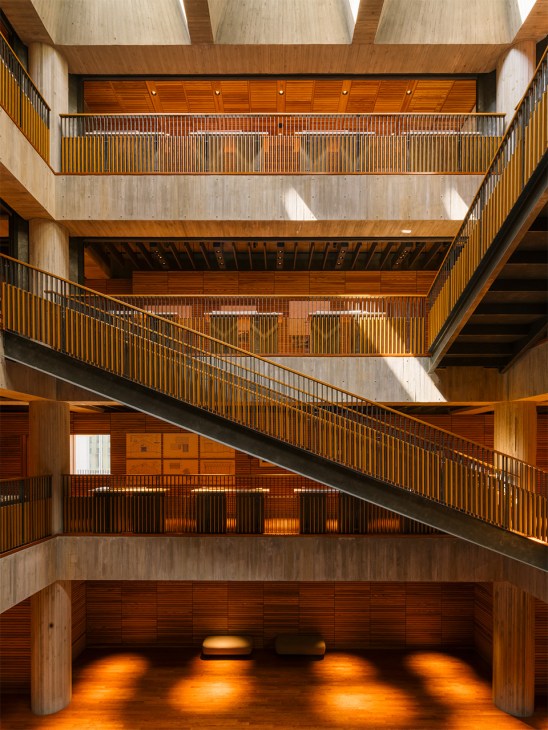
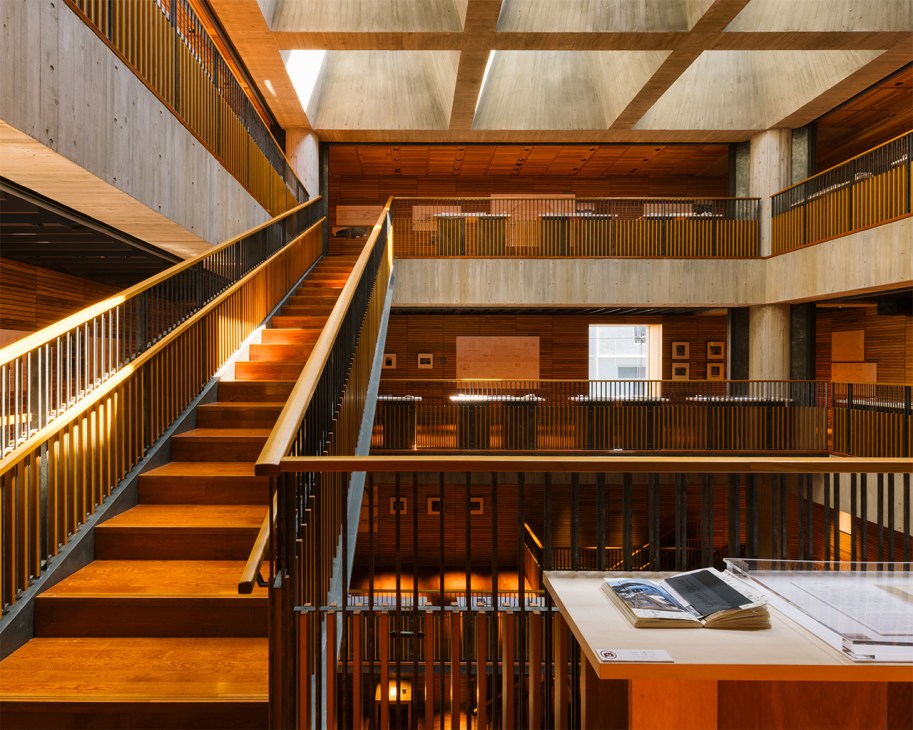
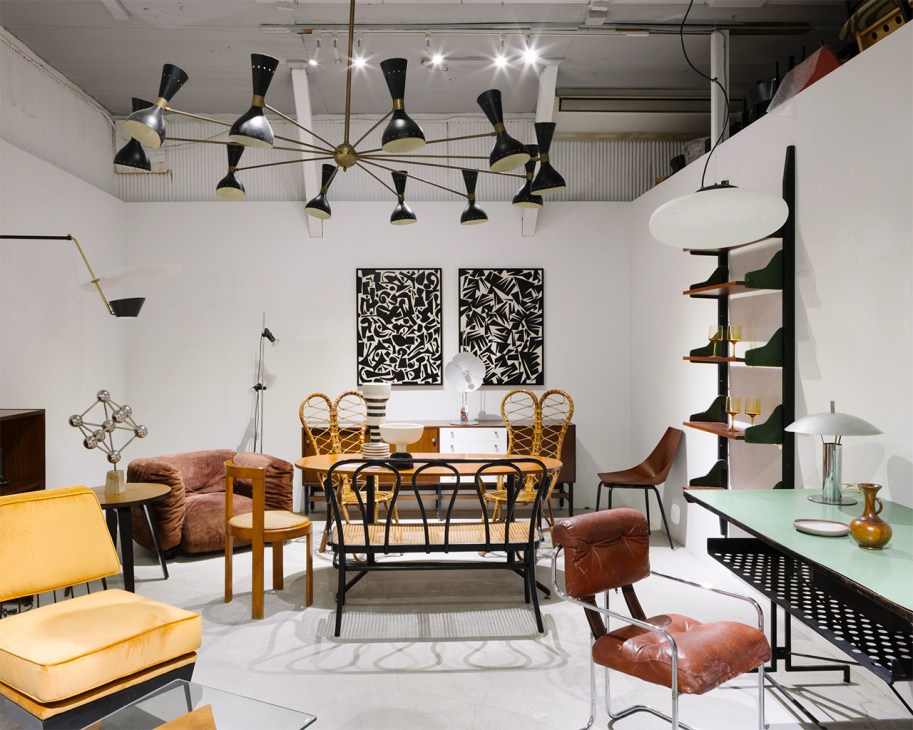
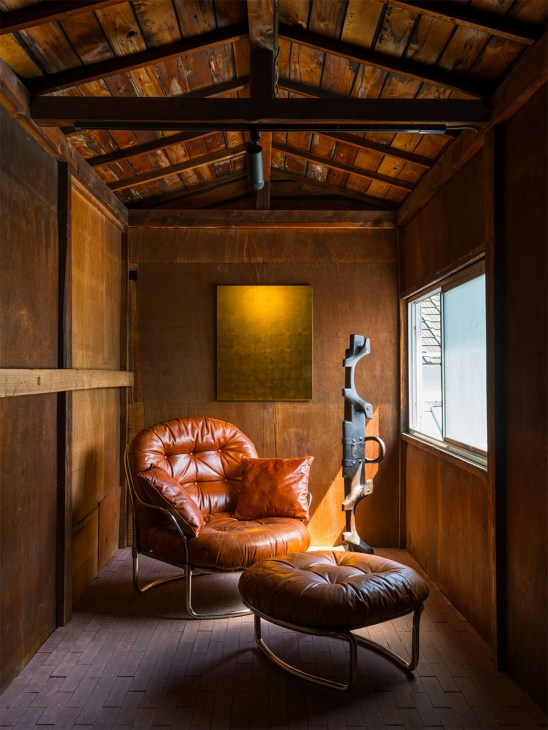
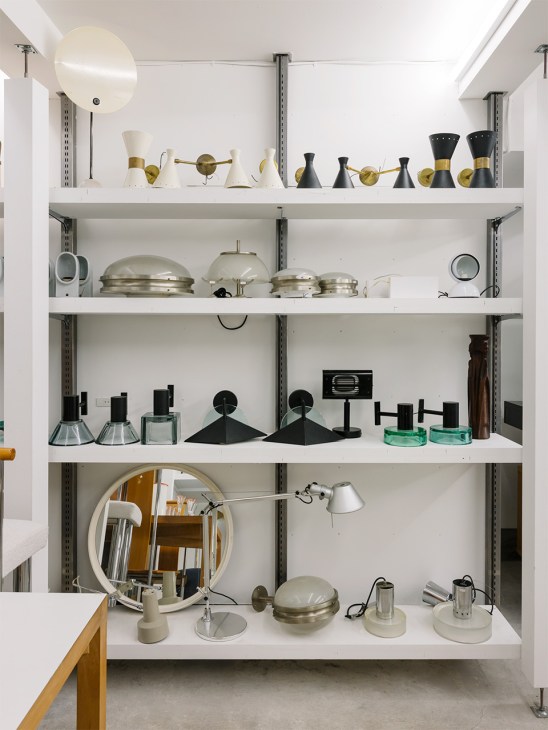
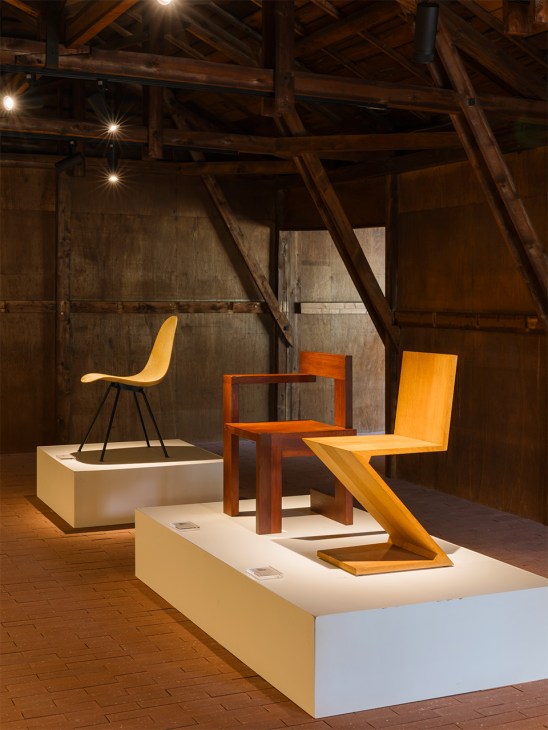

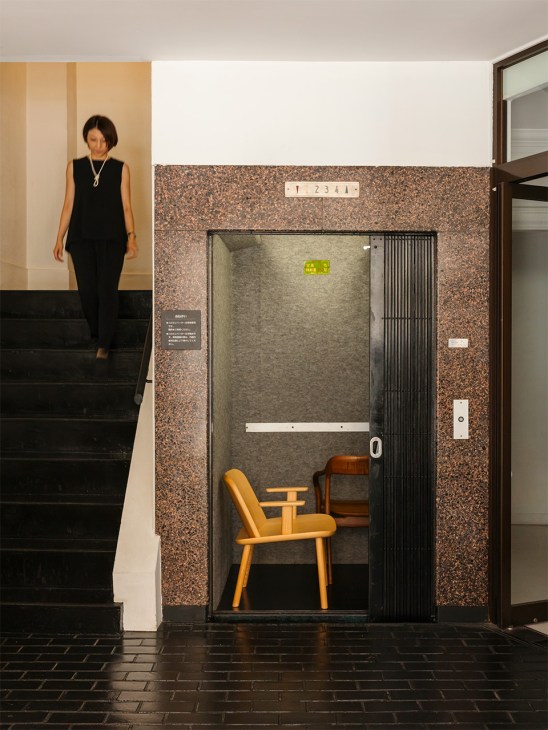

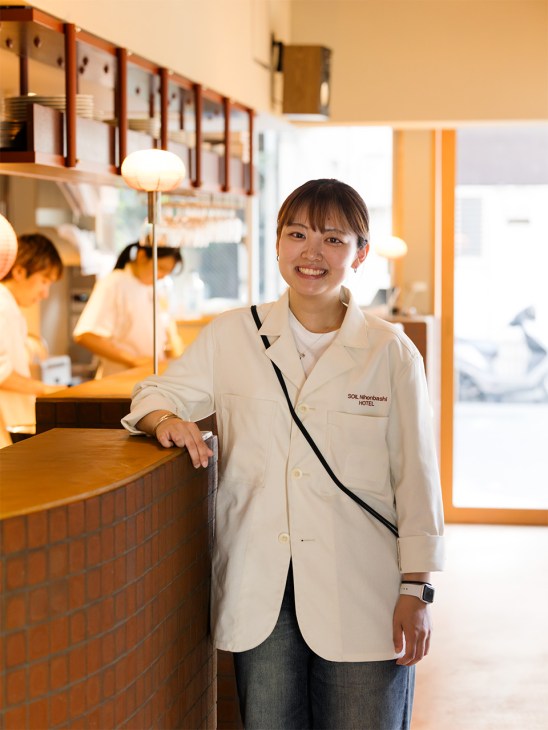
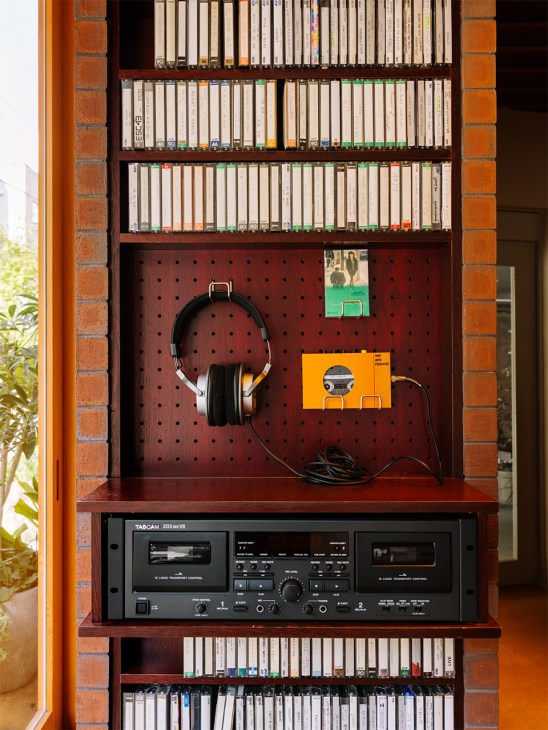
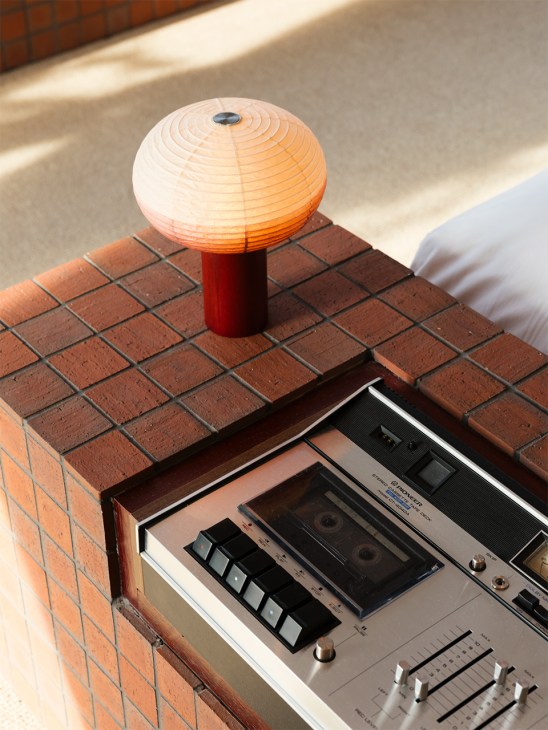
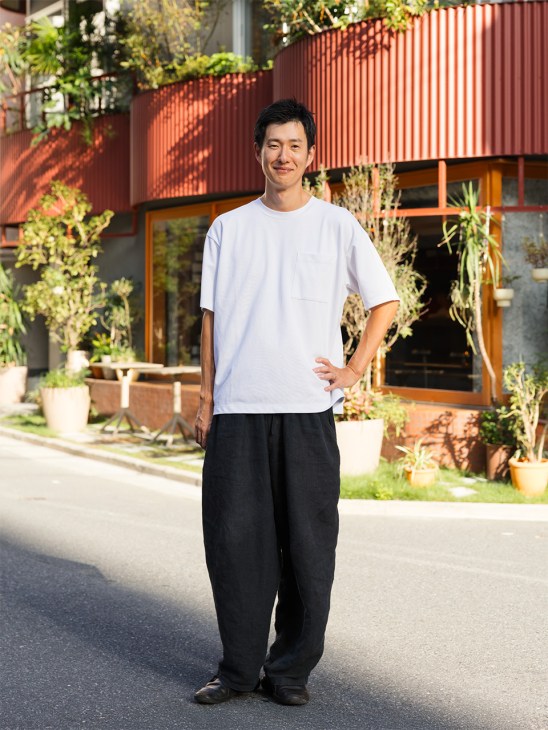
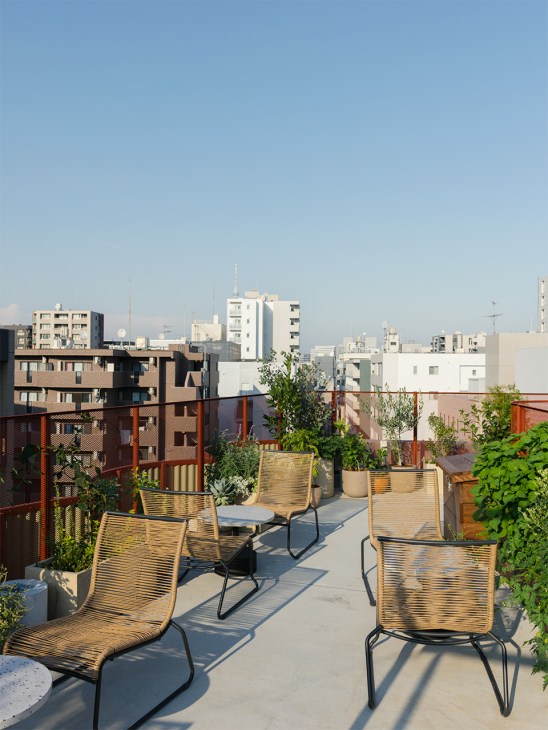
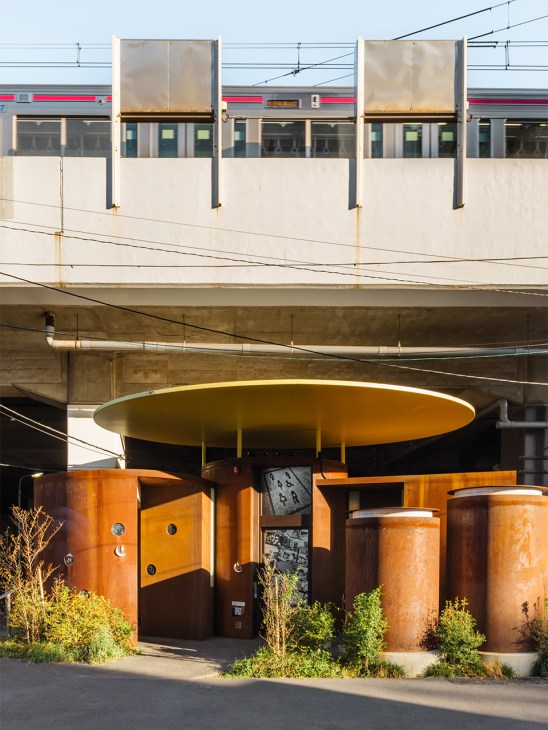
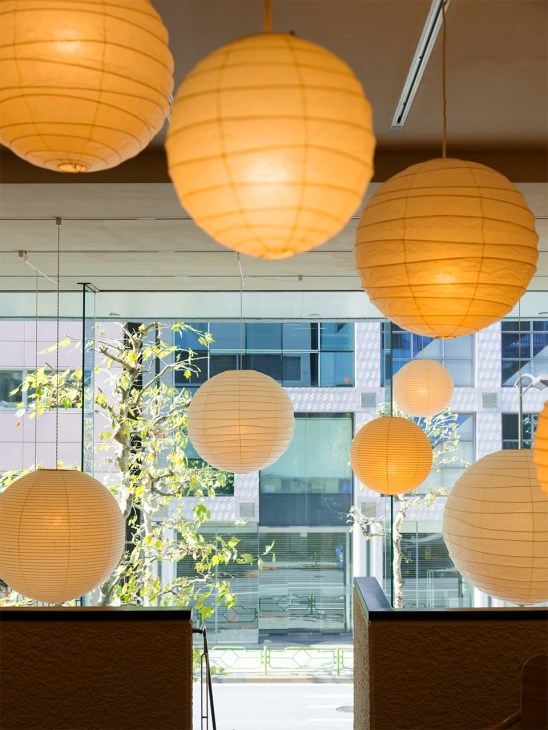

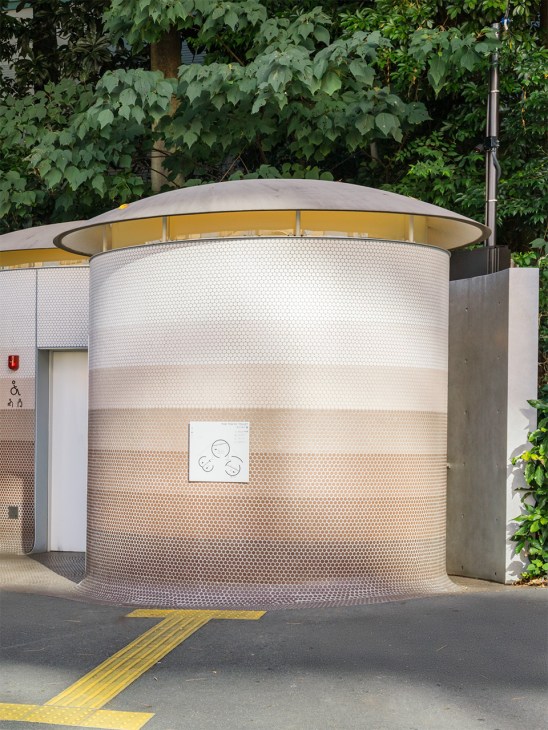
Where to next?
Monocle covers architecture, design and furniture across print, radio, in-person events and online. You’ll spot our editors and journalists at the best industry fairs across the globe and reporting on the leading lights of the field. It’s an international outlook rooted in the understanding that design permeates every aspect of our lives – which is a good reason to give it some serious thought, whether at home or while taking in the architecture of some of the world’s most storied cities. See you out there.
